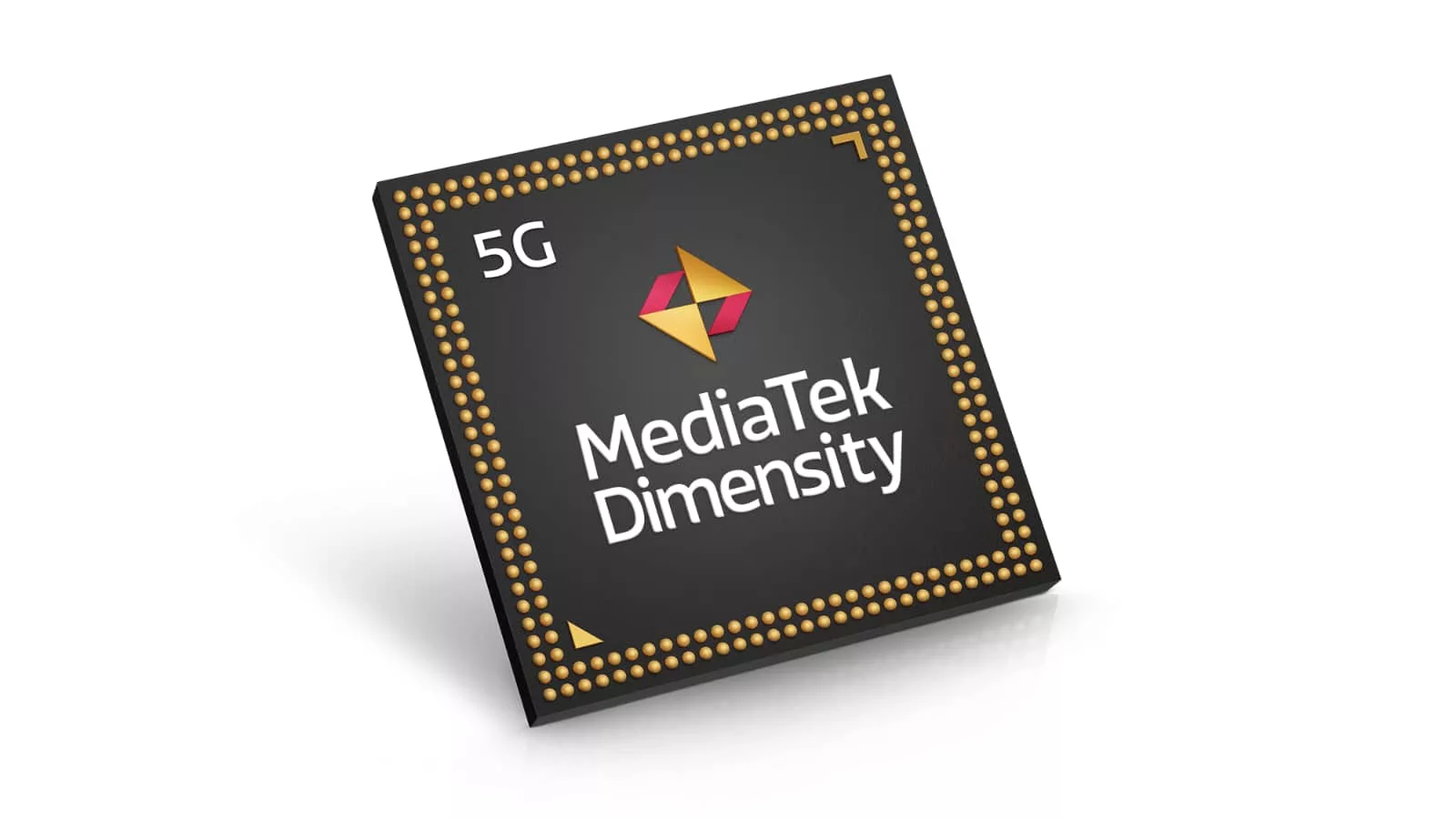There’s a general expectation that most of next year’s phones will run on Snapdragon 8 Gen 3, but it might not be the only game in town.
Phones in 2023 are fast, but phones in 2024 are likely to be faster again, and we’re all probably going to have so much power, we wont know what to do with it.
We already have a bit of a preview of that with the latest Snapdragon chips on the way from Qualcomm, but they won’t be alone, and if you’re buying a new phone next year, chances are it’ll come with either a Snapdragon, an Apple-made chip, a Google Tensor, or maybe even one from MediaTek.
Apple’s chips are pretty obvious — they come in the iPhone, with the iPhone range the only phones that get them — while the Google Tensor chips arrive in Google’s Pixel phones. Qualcomm’s Snapdragon 8 Gen 3 will power some of next year’s flagship phones with lower variants in less expensive phones, and we might even seen one or two of those new high-end Gen 3-equipped models before this year ends.
However, MediaTek’s Dimensity looks to bring its own taste of power in the new year with the Dimensity 9300, another fast chip that’ll see boosts on processing, graphics, and AI, while also supporting WiFi 7 and 5G using both the standard sub-6 and the less common mmWave technology.
In Australia, mmWave is only found in a handful of places and a handful of phones, found in the Google Pixel 6 Pro, Pixel 7 Pro, and this year’s Pixel 8 Pro. One or two mobile broadband gadgets also support mmWave, but by and large, phones that support mmWave 5G in Australia are few and far between.
With the launch of MediaTek’s latest chip, that could very well change, and with Oppo using Dimensity chips in recent phones including the Find N2 Flip, it’s entirely possible the Snapdragon has more competition on the way as more makers embrace other chips.






